INDONESIA
Malay, Javanese and Madurese manuscripts
Help us to digitise Malay, Javanese and Madurese manuscripts and discover their hidden gems
Leiden University Libraries is home to large Asian manuscript collections. One of them, brought together by the Delft Royal Academy, contains more than 200 manuscripts from Sumatra and Java. The texts date back as far as the mid-nineteenth century and are written in Malay, Madurese and Javanese. Mostly on paper, but the occasional tree bark and palm leaf was put to good use as well. The collection consists of historical, philosophical and religious texts as well as literary and educational writings.
Hidden gems
Highly interesting texts have been discovered within this collection, such as the Syair Ikan Terubuk (Poem of the Terubuk Fish) and the Syair Sinyor Kista, the love story of a Portuguese merchant and Lela Mayang, concubine to the Chinese merchant Ceng Go. Both works have been subject of research and discussion since the beginning of the twentieth century.
The digitisation costs of these 200+ Malay, Javanese and Madurese manuscripts amount to € 75,000.
We actively seek your support for the digitisation of this entire collections,
so that they become available by free open access to every student, researcher, in fact to every person worldwide interested in the cultures, histories, literatures and societies of Asia.
INDONESIA
Batak Pustaha manuscripts
Help us to digitise our Batak Pustaha manuscripts and preserve these cultural treasures for future generations.
The beautifully illustrated Batak Pustaha manuscripts originate from Northern Sumatra (Indonesia) and were written between 1845 and 1900 in Toba and Madailing script. As a recording medium, the writers chose fragile tree bark and paper folded like an accordion. The manuscripts would have been used exclusively by Batak magicians and healers. After 1951, they took on a broader function as a source of preservation for the Batak culture, narrative traditions, language and script.
Today, hardly any Pustaha literature remains with the Batak people themselves, the cultural and linguistic knowledge being as good as lost. Worldwide, around 1,000 Batak manuscripts are held by public collections. A substantial part of these can be found in the Leiden University Libraries.
Preserving treasures
The Batak people are determined to revive their literary tradition and gain access to the cultural treasures found in these manuscripts. Free open access would be invaluable. Not only for the Batak people, but for academic researchers as well.
The digitisation costs of 180+ Batak Pustaha manuscripts amount to € 45,000.
We actively seek your support for the digitisation of the Batak Pustaha manuscripts, so that they become available by free open access to every student, researcher, in fact to every person worldwide interested in the cultures, histories, literatures and societies of Asia.
INDONESIA
Photographs of Indonesian antiquities
Help us to digitise world famous photographs of Indonesian antiquities and share their unique images with the world.
The world famous photograph collection of the Archaeological Survey of the Netherlands Indies splendidly documents both Hindu-Buddhist and Islamic antiquities in the former Dutch East-Indies between 1863 and 1956. They capture prehistoric sites, excavations, restorations, archaeological art and ethnological artefacts, as well as inscriptions, and indigenous and colonial buildings from modern times.Thousands of unique images
The photographs were produced between 1901 and 1956, but reprints of earlier photographs have been added too. About 95% of the prints are vintage prints, which makes this considerable body of photographs of interest for the study of photography as a medium as well. No other institution in Europe holds a similar set of original photographs.
The digitisation costs of 21,500 photographs amount to € 40,000.
We actively seek your support for the digitisation of the photographs of Indonesian antiquities, so that they become available by free open access to every student, researcher, in fact to every person worldwide interested in the cultures, histories, literatures and societies of Asia.
INDONESIA
Acehnese manuscripts of the Snouck Hurgronje Collection
Help us to digitise the extraordinary Acehnese manuscripts of the Snouck Hurgronje Collection and restore cultural heritage after the devastating tsunami.
Leiden University Libraries houses the extraordinary manuscript collection of world famous Orientalist Christiaan Snouck Hurgronje, bequeathed after his death in 1936. The collection consists of all kinds of genres, such as Islamic and pre‑Mohammedan religious works, fables, epic works and fiction.
Restoration after devastation
The devastating tsunami that struck Aceh in 2004 not only took many lives, but also destroyed several important libraries in Banda Aceh. Digitising the Acehnese manuscripts from the Snouck Hurgronje Collection would mean a major contribution to restoring Acehnese cultural. At the same time, there is a growing demand for these manuscripts by an international community of scholars. To date, none of these manuscripts have been made digitally available. The Indonesian Digital Library aims to change this fact.
The digitisation costs of 250+ Acehnese manuscripts from the Snouck Hurgronje Collection amount to € 75,000.
We actively seek your support for the digitisation of the Acehnese manuscripts of Snouck Hurgronje, so that they become available by free open access to every student, researcher, in fact to every person worldwide interested in the cultures, histories, literatures and societies of Asia.
INDONESIA
Photographs of the Dutch East Indies from the Edwards Collection
Help us to digitise photographs of the Dutch East Indies from the Edwards Collection and share early images from this region with the world.
Private collector G.A. Edwards acquired photographs and photograph albums for decades through auctions and dealers. The photographs in his collection portrays life in both the Dutch East Indies and Southeast Asia. They include the earliest photograph of a Javanese nobleman, dating back to 1858. Leiden University Libraries acquired a large part of the Edwards Collection and aims to share these unique images with the world.A meaningful addition
The Edwards Collection is a meaningful addition to the colonial photographs already available. The Edwards Collections encompasses photographs made by important professional photographers such as Isidore van Kinsbergen (1821-1905), Kassian Céphas (1845-1912), C.B. Nieuwenhuis (1863-1922) and the studios of Lambert & Co. and Woodbury & Page. They captured the archipelago between around 1858 and 1920 in photographs of impressive landscapes, city life and society.
The digitisation costs of 2.700 photographs on the Dutch East Indies amount to € 18.000.
We actively seek your support for the digitisation of these photographs from the Edwards Collection, so that they become available by free open access to every student, researcher, in fact to every person worldwide interested in the cultures, histories, literatures and societies of Asia.
INDONESIA
Photographs of mainland Southeast Asia from the Edwards Collection
Help us to digitise photographs of mainland Southeast Asia from the Edwards Collection and share early images from this region with the world.
Private collector G.A. Edwards acquired photographs and photograph albums for decades through auctions and dealers. The photographs in his collection portray life in both the Dutch East Indies and Southeast Asia, including some beautiful and rare pictures of Birma made by the travelling photographer Felice Beato. Leiden University Libraries acquired a large part of the Edwards Collection and aims to share these unique images with the world.A meaningful addition
The nineteenth century photographs on Singapore, Malaya and Birma in the Edwards Collection give an unique insight into culture and livelihood of the region. The collection holds early photographs made by Ernst August Kaulfuss, August Sachtler and Thomas Heritage. These professional photographers took portraits that ended up in family albums and sold views that appealed to (European) inhabitants and tourists in the region.The digitisation costs of 1.000 photographs on mainland Southeast Asia amount to € 7.000.
We actively seek your support for the digitisation of these photographs from the Edwards Collection, so that they become available by free open access to every student, researcher, in fact to every person worldwide interested in the cultures, histories, literatures and societies of Asia.
CHINA
Album of poems written for Fang Yuansu in the Van Gulik Collection
Help us to digitise a beautiful album of poems dedicated to Fang Yuansu in the Van Gulik Collection.
This album belonged to the extensive book collection of Robert van Gulik (1910-1967), the Dutch sinologist, diplomat and writer of detective stories. It was most probably purchased in China or Japan, where Robert van Gulik was stationed as an interpreter and diplomat in the 1930s and 1940s. A large part of the book collection of Robert van Gulik, some 750 titles, was acquired by the Sinological Institute in 1977 and transferred to Leiden University Library in 2016. The collection is best known for its old Chinese fiction, books on music and art covering the period 1600-1960, but also comprises some 90 extremely rare books and manuscripts.
Friendship under the Ming Dynasty
This album amicorum contains over a hundred poems dedicated to Fang Yuansu (1542-1608), a Chinese merchant from Huizhou. The poems were composed by about 80 different authors, including members of the royal clan, officers of rank, poets, painters and calligraphers. Written over a period of at least 20 years, they celebrate painting and friendship, sing the distress of parting, express the frustration of scholars who failed the imperial examination, etc. These unique manuscripts document the evolution of the relations between two different worlds at the end of the Ming dynasty (1368-1644): that of the merchants and that of the scholars.
The digitisation costs of this album of poems amounts to € 2,000.
We actively seek your support for the digitisation of this manuscript and other items of the Van Gulik Collection so that they become available by free open access to every student, researcher, in fact to every person worldwide interested in the cultures, histories, literatures and societies of Asia.
CHINA
The unique《秋舫日記》 (Qiu fang ri ji) manuscript of the Van Gulik Collection
Help us to digitise the unique 《秋舫日記》(Qiu fang ri ji) manuscript to learn about Chinese Society in the 17th Century.
This manuscript belonged to several collectors before becoming the property of Robert van Gulik (1910-1967), the Dutch sinologist, diplomat and writer of detective stories. The document was most probably purchased in China or Japan, where Robert van Gulik was stationed as an interpreter and diplomat in the 1930s and 1940s. A large part of the book collection of Robert van Gulik, some 750 titles, was acquired by the Sinological Institute in 1977 and transferred to Leiden University Library in 2016. The collection is best known or its old Chinese fiction, books on music and art covering the period 1600-1960, but also comprises some 90 extremely rare books and manuscripts.
Chinese Society in the Ming and Qing Dynasties
The Chinese poet Zhu Kesheng (1631-1679) lived at the end of the Ming dynasty (1368-1644) and at the beginning of the Qing dynasty (1644-1911). In this manuscript document, he recorded the spirit of his time and the changes that took place in the Chinese society during this transitional period.
The Qiu fang ri ji manuscript is unique and differs from another known example preserved in Taiwan. A significant difference consists in the numerous characters about the Southern Ming dynasty smeared with black ink through, possibly in order to avoid being accused of any literary offence to the new rulers of the Empire.
The digitisation costs of the unique《秋舫日記》(Qiu fang ri ji) manuscript amounts to € 2,000.
We actively seek your support for the digitisation of this manuscript and other items of the Van Gulik Collection so that they become available by free open access to every student, researcher, in fact to every person worldwide interested in the cultures, histories, literatures and societies of Asia.
JAPAN
Japanese maps from the Serrurier Collection
Help us to digitise the Japanese maps from the Serrurier Collection, one of the oldest Japan collections in the world, dating from the Dutch stay on the island of Dejima
The history of the Serrurier Collection of Japanese books, maps and manuscripts is closely related to the Dutch commercial presence on the artificial island of Dejima in the bay of Nagasaki. For a long time the Dutch were the only Europeans that were allowed to trade with the Japanese.
The Serrurier Collection is housed in the Leiden University Libraries and a large section is devoted to geography and consists of more than 250 bound volumes and more than 500 sheets of maps and other topographical images. The collection contains a number of unique manuscript maps and rare maps of Japan and is considered one of the most important Japanese map collections in the world.
Dejima and Von Siebold
Parts of the collection were acquired by Dejima employees such as Jan Cock Blomhoff (1779-1853) and Johan Frederik van Overmeer Fischer (1800-1848) and honorary professor of Japanese, Chinese and Korean at Leiden University Johan Joseph Hoffmann (1805-1878). The renowned physician Philipp Franz von Siebold (1796-1866) was finally expelled from Japan in 1829, after the Shogunate officials discovered sensitive geographical documents in his possessions, among which maps of the disputed territories of Hokkaido and Sakhalin. The collection is sometimes referred to as the Siebold Collection.
The digitisation costs of the Serrurier maps amount to € 30,000.
We actively seek your support for the digitisation of the Japanese Maps and Geographical Works in the Serrurier Collection, so that they become available by free open access to every student, researcher, in fact to every person worldwide interested in the cultures, histories, literatures and societies of Asia.
JAPAN
Flora and Fauna from the Serrurier Collection
Help us to digitise the works on nature and natural history from the Serrurier Collection, one of the oldest Japanese collections in the world.
The history of these Japanese books, maps and manuscripts is closely related to the Dutch commercial presence on the artificial island of Dejima in the bay of Nagasaki. For a long time the Dutch were the only Europeans that were allowed to trade with the Japanese.
While conducting trade, doctors and scholars actively collected drawings of plants, flowers, birds, fish, whales, crustaceans, and insects. Japanese students, scholars and friends of the Dutch doctors came from far and wide to meet with them in Nagasaki or in Edo, giving them a unique chance to collect specimens, drawings and paintings depicting animals and plant specimen from all corners of Japan – lands far beyond their reach.
Relevance to the study of the history of Japanese botany, zoology and biodiversity
The collection, held by Leiden University Libraries, consists of more than 400 items such as scrolls, books, multiple volume sets, leaflets, and sets of drawings and prints. In 1896 Lindor Serrurier described them in his Bibliothèque Japonaise. A passage in Siebold’s diary dated 26th April 1826 speaks of the famous Rangaku scholar, Katsuragawa Kurimoto Zuigen, showing him various scrolls with images of plants, Japanese and Chinese fish and beautiful crustaceans, all drawn by hand. They are unparalleled in their detail, beauty and relevance to the study of the history of Japanese botany, zoology, art and of biodiversity in general. Help us bring these drawings out into the light.
The digitisation costs of the Serrurier Flora and Fauna Collection amount to € 80.000.
We actively seek your support for the digitisation of these items from the Serrurier Collection so that they become available by free open access to every student, researcher, in fact to every person worldwide interested in the cultures, histories, literatures and societies of Asia.
JAPAN
Medical books from the Serrurier Collection
Help us to digitise the medical books from the Serrurier Collection, one of the oldest Japanese collections in the world.
The medical books in the Serrurier Collection reflect the mutual interest in medical theory and practice between Japanese doctors and surgeons, and the Dutch medical specialists of Deshima including the famous Philipp Franz von Siebold (1796-1866).
The collection consists of over 200 books and leaflets, with well-known medical handbooks at the time as well as manuscript drawings and handbooks with 3D lay-over images of the human anatomy. Leiden University Library houses the standard Western medical books of the time, their Japanese translated counterparts, and Chinese and Japanese medical knowledge as it existed before and after the introduction of Western medicine. Highlights from the medical collection include unique manuscripts and drawings from Ishizaka Sōtetsu (知要一言) (1789-1844), a famous acupuncturist from Edo, who sought to combine Western knowledge of the vascular system with Eastern knowledge of acupuncture.
Mutual benefits of exchanging medical knowledge
The obvious benefits of learning about Western medical knowledge was the main reason for the Shogun of Japan to permit the study of the Dutch language. This resulted in translations of European medical classics and the spread of Western medical knowledge in Japanese-language publications, such as how to treat various eye diseases, human anatomy and vaccination. On the other hand, it also enabled Dutch doctors to exchange knowledge and practices with their Japanese counterparts, and to collect Japanese and Chinese medical treatises. The books in the medical collection show a high degree of skill and awareness in areas such as anatomy and surgery already present in Japan before the introduction of Western medical knowledge.
The digitisation costs of the Serrurier Medical Collection amount to € 37.500.
We actively seek your support for the digitisation of the Japanese medical books from the Serrurier Collection so that they become available by free open access to every student, researcher, in fact to every person worldwide interested in the cultures, histories, literatures and societies of Asia.
ASIA
Asian maps from the Bodel Nijenhuis Collection
Help us to digitise maps of Asia from the Bodel Nijenhuis Collectionto complete our unique Asian maps collection.
Johannes Tiberius Bodel Nijenhuis was one of the greatest private map collectors of all time. After his death in 1872 he bequeathed his entire collection of 50,000 maps, 22,000 topographical prints and drawings and more than 300 atlases to Leiden University. About 6,000 of these maps represent Asian regions.
Bodel Nijenhuis was especially interested in the former Netherlands East-Indies, now Indonesia, and the trade regions of the Dutch East-India Company that include the coasts of India, Ceylon and Taiwan.
Complete collection
Two other two large Asian map collections of the Asian Library have already been digitised, the digitisation of the Asian maps of Bodel Nijenhuis would provide an almost complete digital collection of the Asian maps at Leiden University Libraries. Digitising makes it possible to incorporate these maps in our ongoing Maps in the Crowd crowdsourcing project in which geographical coordinates are added enabling better accessibility. Georeferenced maps can also be used and analysed further in Geographical Information Systems.
The digitisation costs of 6,000 Asian maps from the Bodel Nijenhuis Collection amount to € 40,000.
We actively seek your support for the digitisation of the Asian Maps from the Bodel Nijenhuis collection, so that they become available by free open access to every student, researcher, in fact to every person worldwide interested in the cultures, histories, literatures and societies of Asia.
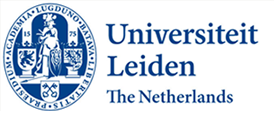
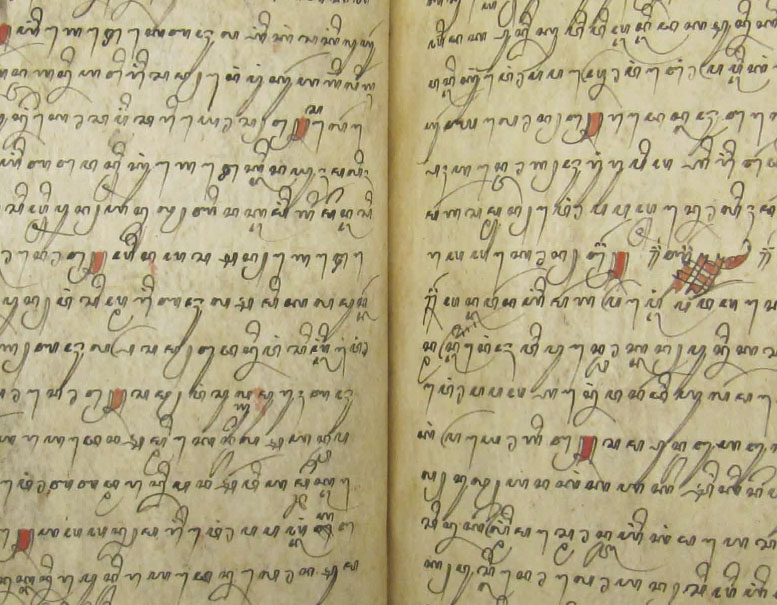
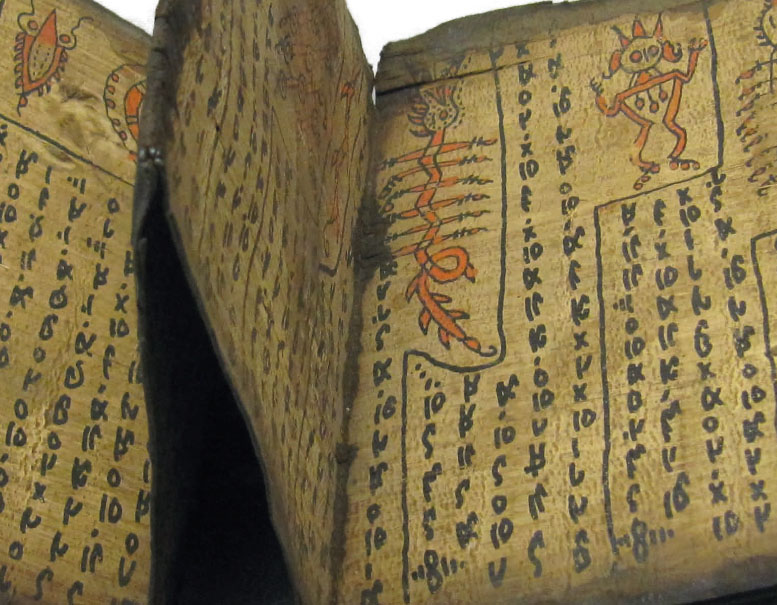
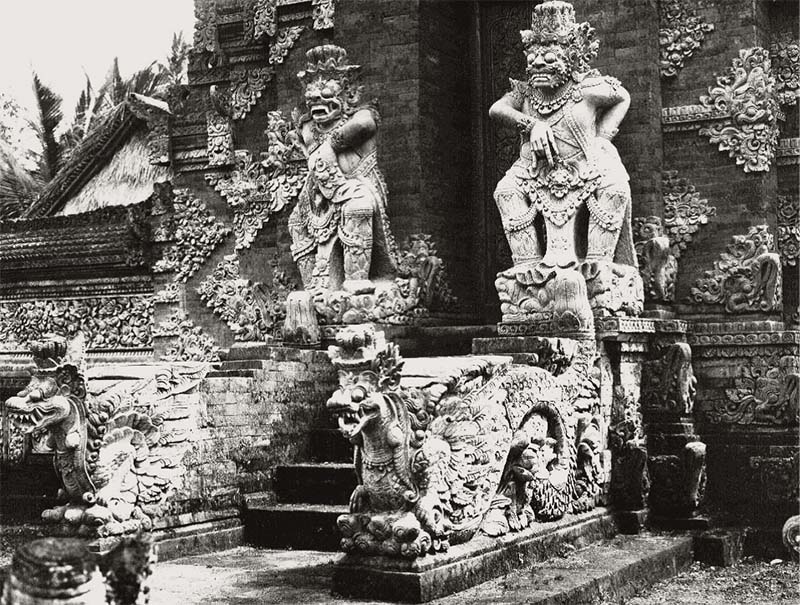
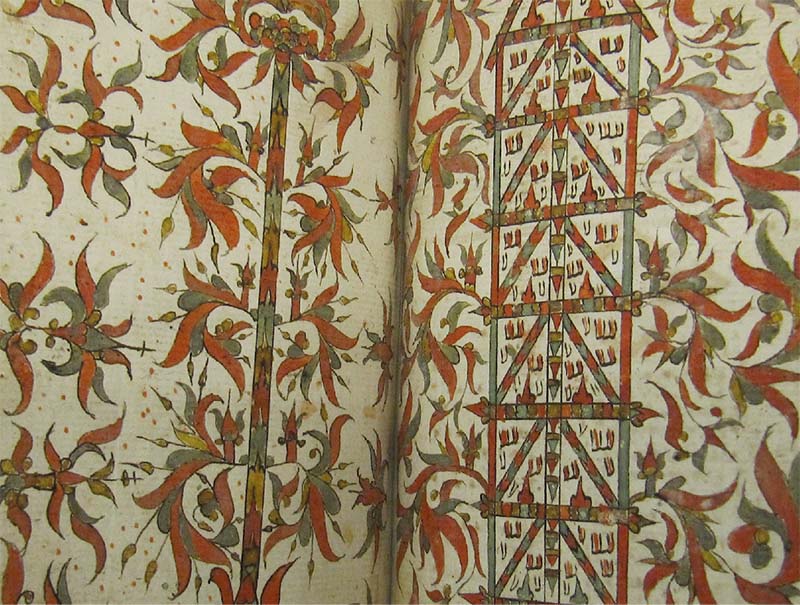
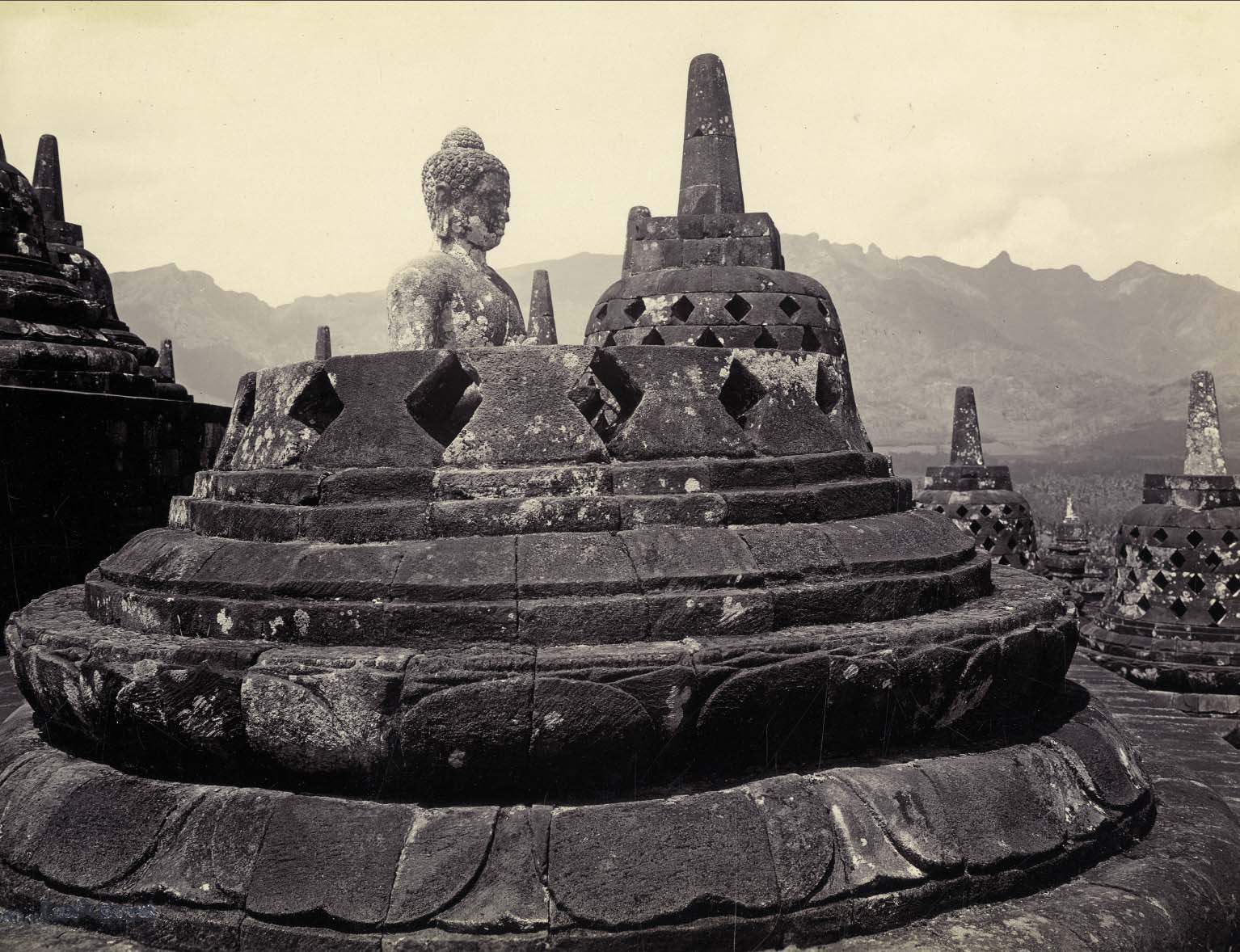
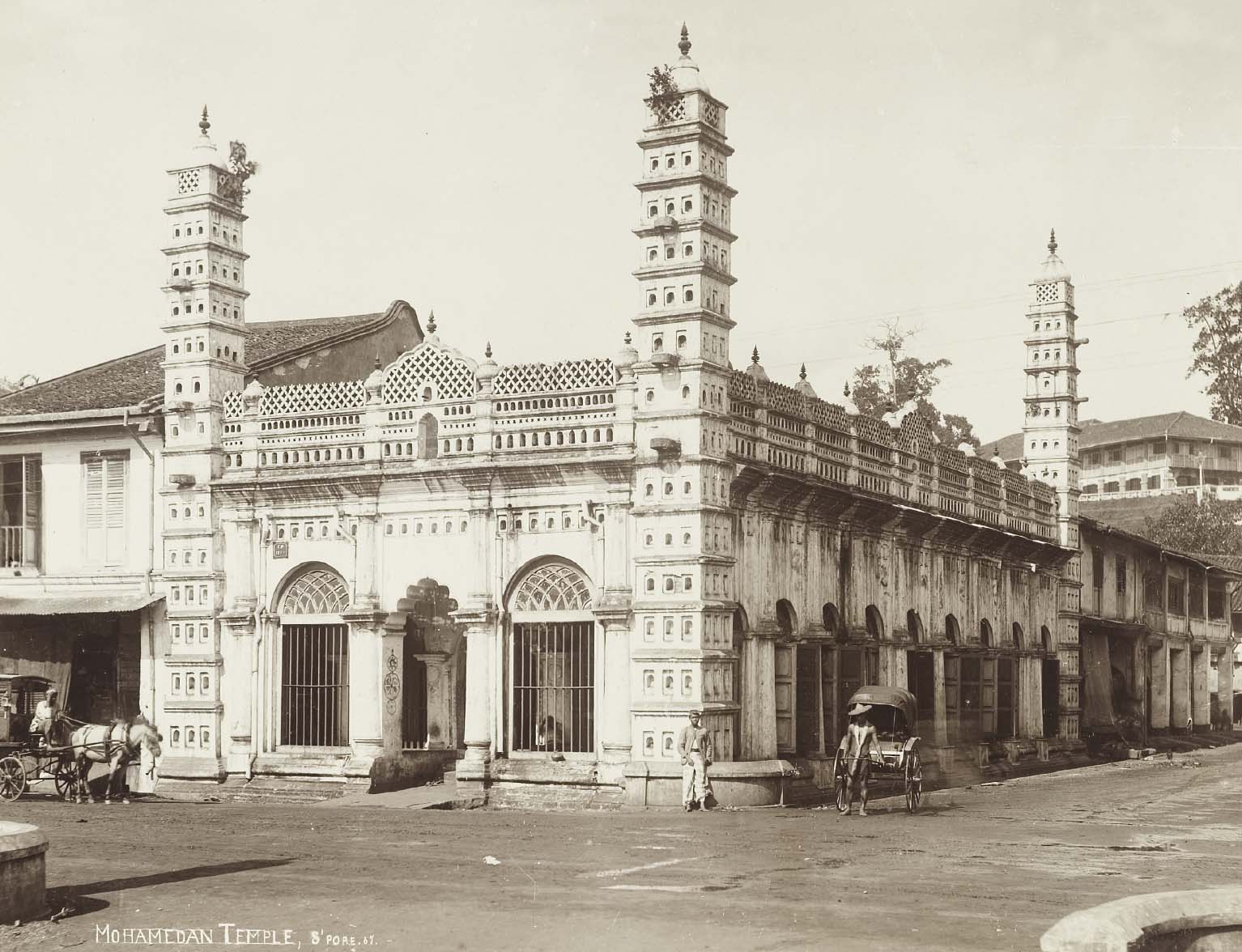
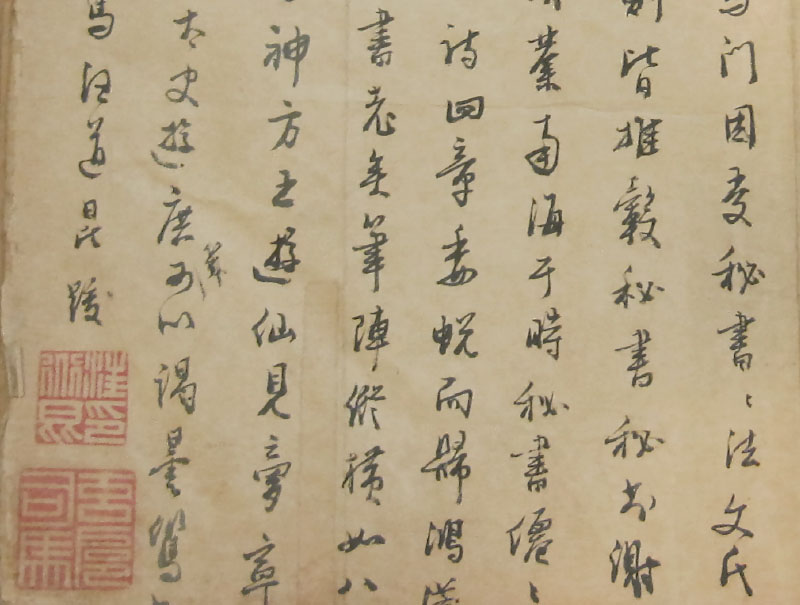
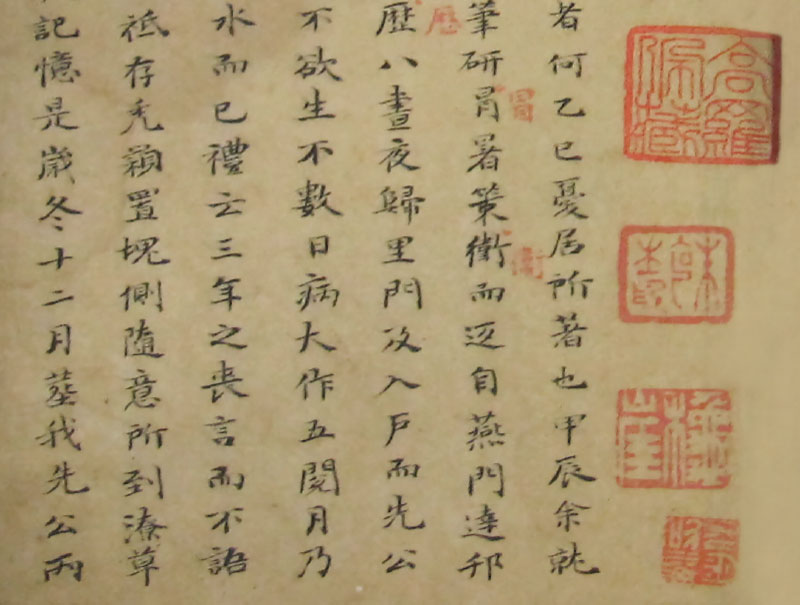
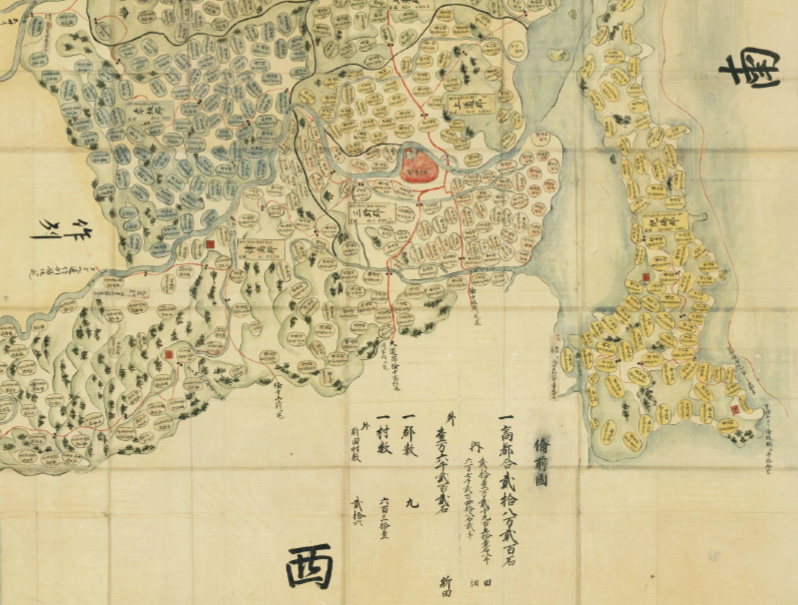
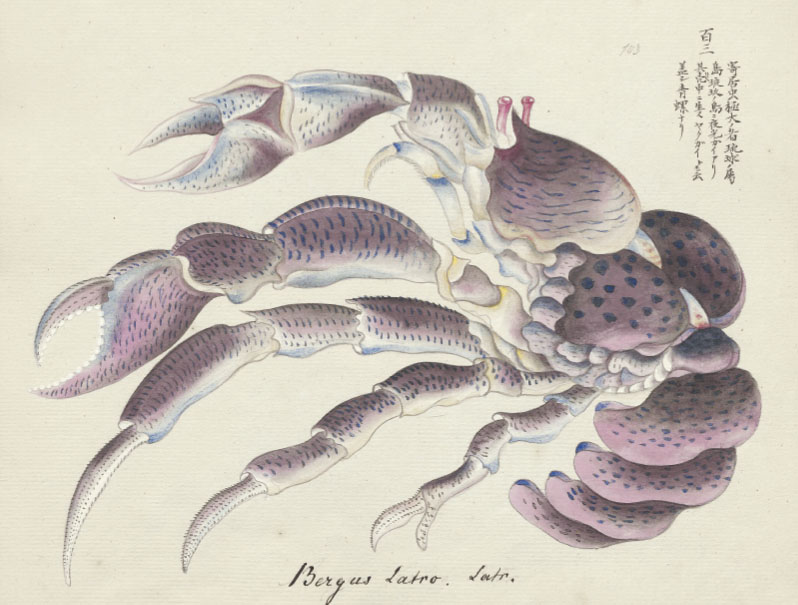

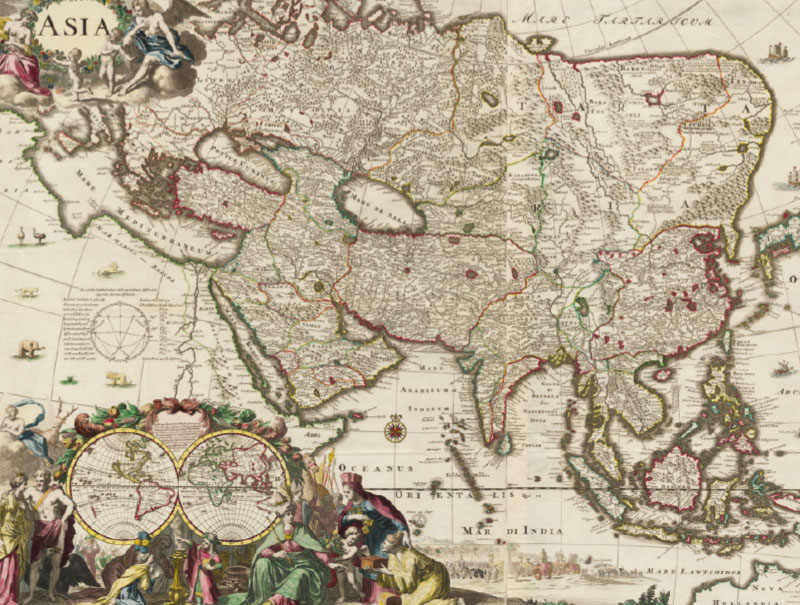
Comments are closed